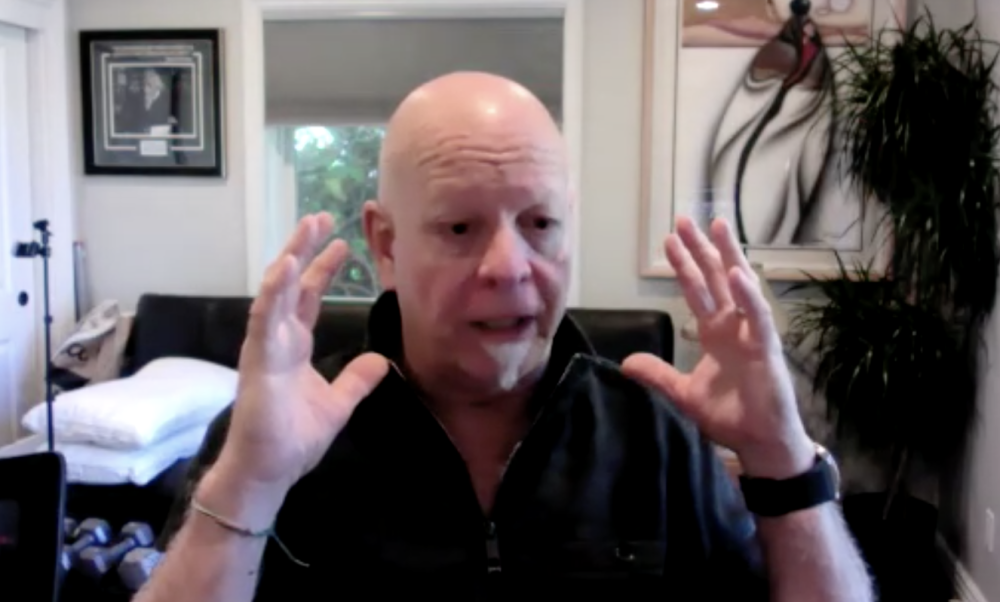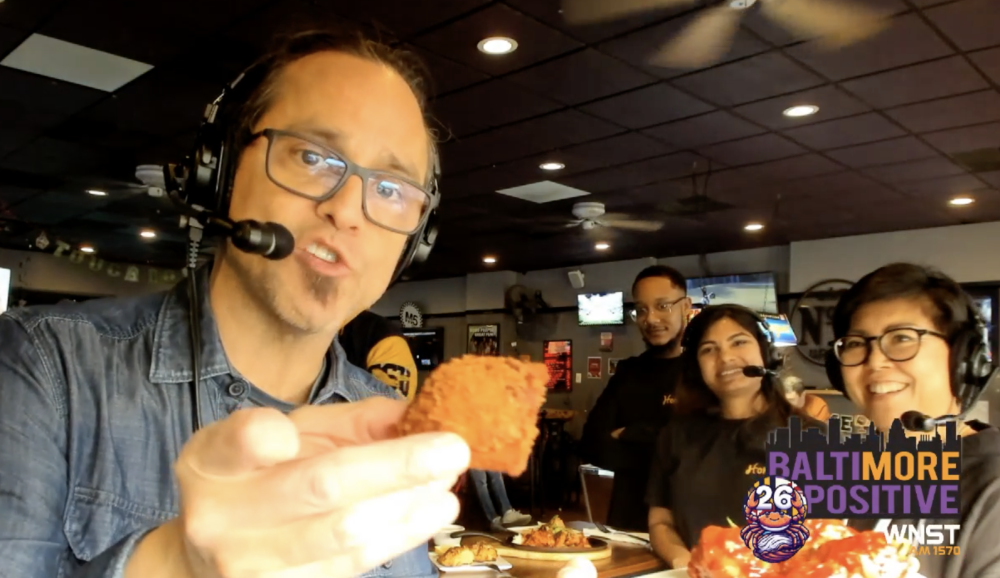It’s been so long I can barely remember.
Any Baltimorean with a vested interest in the Orioles over the years can easily talk about 13 straight losing seasons and the misery accompanying his or her fandom for the better part of the last quarter-century. We all know about the disappointment and, even worse, the numbness it’s created in a city with a rich baseball heritage.
But really try to think back to the last time the Orioles were a legitimate, formidable threat in the American League East. Imagine yourself sitting in the next-to-last row in section 384 — because it was the only seat available in a sold-out Camden Yards — as you watched the first-place home team take on the Toronto Blue Jays or the Detroit Tigers or the Kansas City Royals in a midweek game in July. There were no promotional giveaways, no pomp and circumstance of a World Series team reunion, and no throwback uniforms.
There was nothing special about the game other than expecting the Orioles to win because they were better than the team they were facing. It was beautiful.
And it feels like a lifetime ago, or even a scene from an alternative universe, doesn’t it?
I was a freshman in high school when the Orioles completed a wire-to-wire run to the American League East title in 1997, their last appearance in the postseason and their last winning season. This summer I’ll attend my 10-year high school reunion.
At the time, Baltimore was a baseball town, with the infant Ravens playing their games at Memorial Stadium, still a few years away from captivating a city that now eats, sleeps, and breathes football season and Sundays in the fall at M&T Bank Stadium.
Fourteen years ago, as you sat in a packed ballpark watching Mike Mussina mow down an inferior opponent, you would have never dreamed the Orioles would become an afterthought, not just in the baseball world but in Baltimore itself. Of course, a sector of diehard fans has always remained, but it doesn’t take a Rhodes scholar to interpret the fallout of a drop in attendance from 3.7 million in 1997 to 1.7 million in 2010.
Irrelevance.
For several years, I’ve equated being an Orioles fan to a bad marriage in which you’re hopelessly trapped for the rest of your life. You still love her unequivocally — many times wondering why — but haven’t felt that love returned in what feels like an eternity. It’s been so long, in fact, that you don’t remember if she ever really loved you at all. But you still hold on, waiting and hoping for things to change someday, because you’ve invested far too much in the relationship. You might even have kids involved — who have never enjoyed the fruits of that love.
It especially hasn’t been easy for fans of my generation and younger. Born two weeks before Cal Ripken snagged the last out of the 1983 World Series in Philadelphia, I grew up rooting for the Orioles in the shadow of their last championship.
With my dad working as an usher at Memorial Stadium, I attended 20 to 30 games a season, proudly wearing my Orioles gear (see below) despite the lean years of the mid- to late-1980s. The club had fallen on hard times, but the pride felt as a young fan was very much palpable, understanding how successful the team had been in recent history.

Sadly, other than the brief postseason runs of 1996 and 1997, fans of my generation have been unable to experience their own postseason memories as the idea of the “Oriole Way” continues to grow fainter every year. Much like we were cheated out of the NFL for much of our youth, the mystique of World Series baseball has continued to elude us as we’re now well into adulthood.
Putting aside the reminiscing and hokey metaphors, I’m reminded of a quote from Oakland Athletics general manager Billy Beane of Moneyball fame. Considered a genius by many for the competitive teams he’s fielded in Oakland while working annually with one of the smallest payrolls in baseball, Beane’s philosophy rings loudly as an indictment of the Orioles’ failures over the last 13 seasons.
“You’re either rebuilding for something special, or you’re on the verge of something special. To be in between is foolish.”
“In between” is exactly where the organization found itself for years, stuck in the purgatory between rebuilding completely and reloading halfheartedly. It’s the dangerous place that not only results in continued losing, but moves you no closer to where you want to be in the future.
Years of the Marty Cordovas and David Seguis and Omar Daals not only resulted in more losing, but did nothing to improve the team’s prospects for the future.
Thankfully, the organizaton has improved over the last five years, as a farm system that once went 20 years without producing an everyday position player (Cal Ripken in 1981 to Brian Roberts in 2001) has now produced a number of big-league ready players. The verdict is still out on the cavalry of young pitchers that has now mostly arrived in Baltimore and a couple more position players who have shown signs of promise — albeit inconsistently. However, even the loudest pessimists have to admit the current Orioles actually have a ceiling in which to grow unlike the many teams of the last 13 years that were merely putting fresh flowers on a coffin already six feed under.
President of baseball operations Andy MacPhail has finally supplemented this young talent with short-term options in first baseman Derrek Lee and designated hitter Vladimir Guerrero, two veterans who bring a respected presence despite question marks over how much they have left. MacPhail traded for third baseman Mark Reynolds and shortstop J.J. Hardy in buy-low moves to upgrade the left side of the infield and didn’t surrender — with the modest exception of David Hernandez — any of the Orioles’ most-coveted arms in return.
The optimism is there for 2011 and rightfully so. The honeymoon for manager Buck Showalter is still going strong after guiding the Orioles to a 34-23 finish over the final two months of last season. He commands the respect as a field manager not seen in Baltimore since the Orioles hired Mike Hargrove in 2000. Showalter was the right man for the job, and it’s reasonable to expect he will get the most he can out of the men who will actually pitch, hit, and field this season. He’s clearly tried to create a swagger to eliminate the culture of losing that’s stricken the franchise for far too long.
But as the legendary Johnny Unitas once said (and Showalter would be the first to agree), “Talk is cheap. Let’s go play.”
The Orioles appear to have their best chance in a long time to break the 13-year drought, but the ultimate goal still lies ahead. A .500 season — or slightly better — is well and good until you think back to the real glory days of 1983 and before. You have to ask yourself a simple question:



























